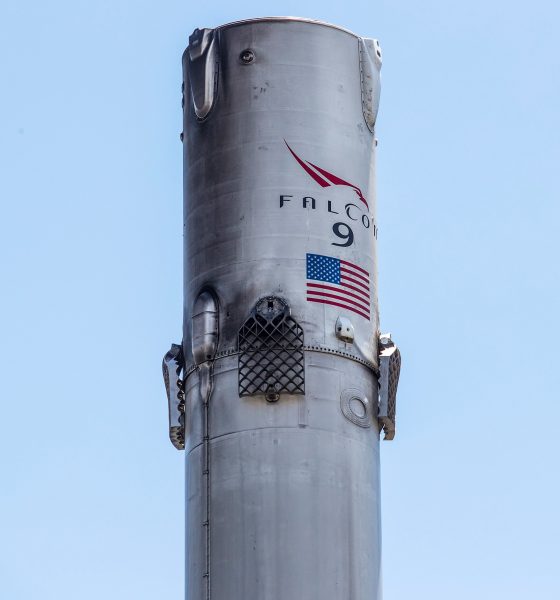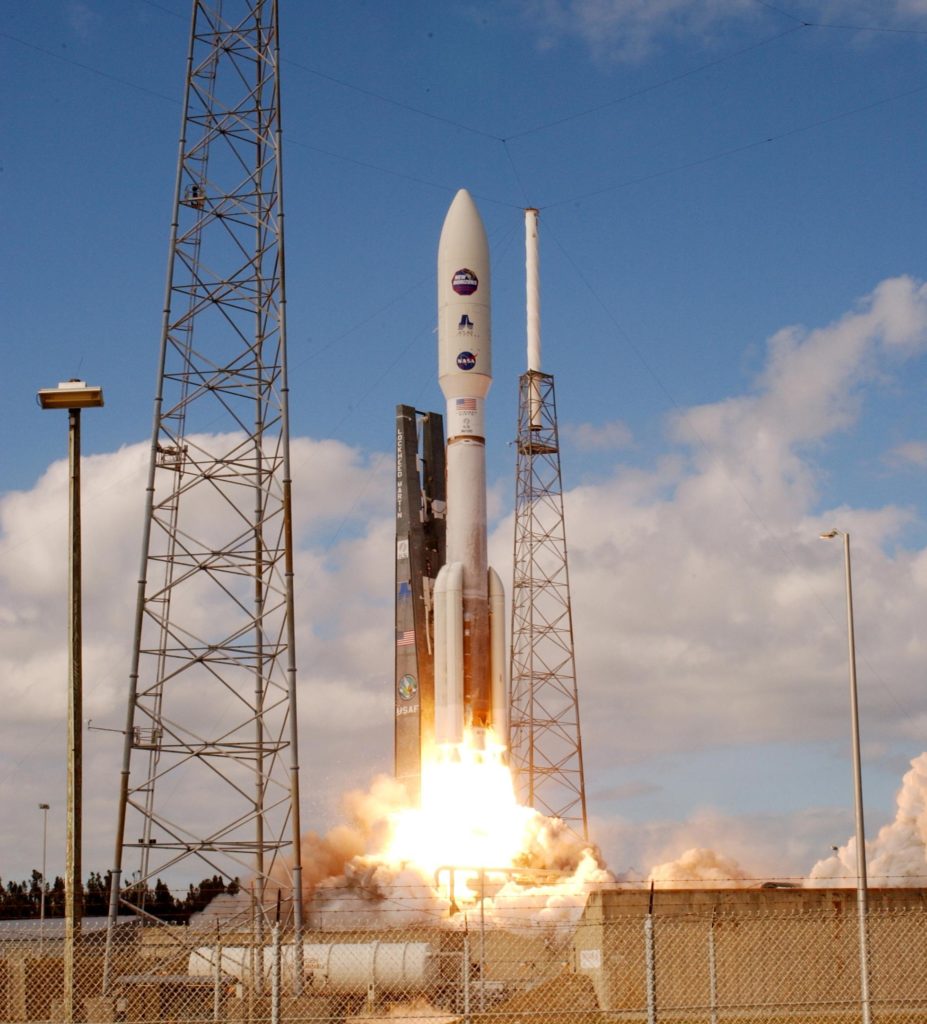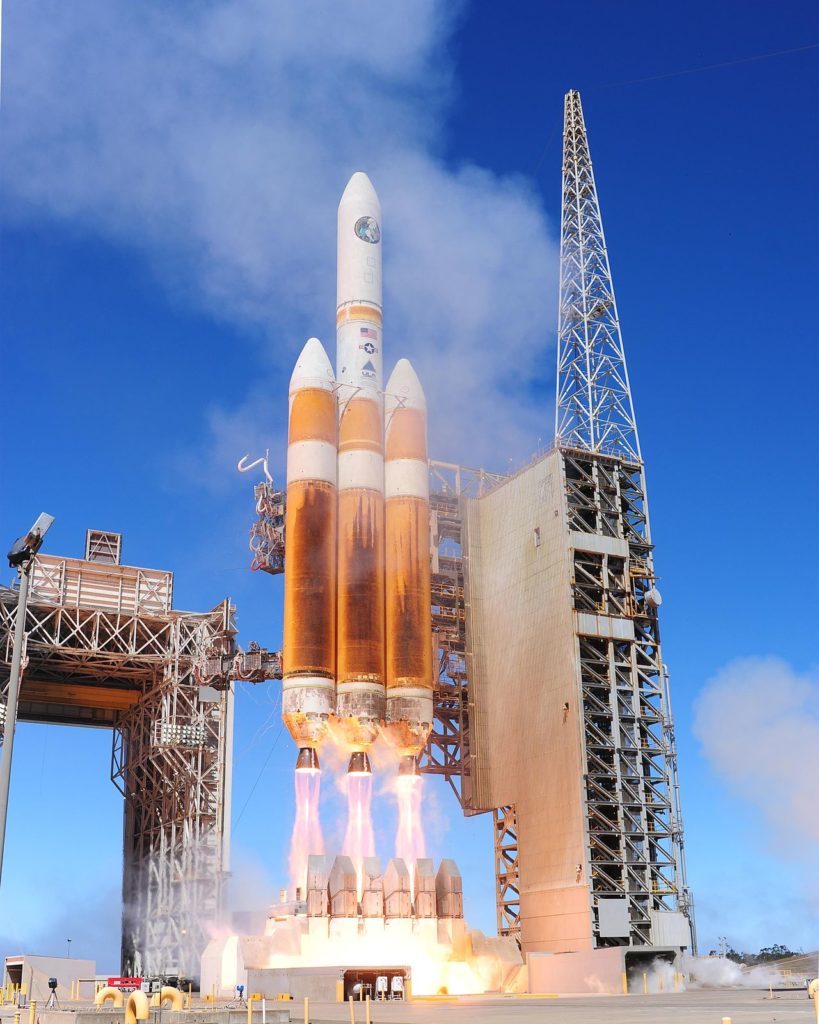

News
Musk calls out SpaceX rival for receiving billion dollar subsidy, ULA head fires back
Following an intriguing SpaceX testimony before Senate committees in Washington D.C., Musk took to Twitter to share some thoughts on the state of the launch marketplace and SpaceX’s place within it. It didn’t take long for him to relate a somewhat common critique of the United Launch Alliance, SpaceX’s only American competition.
Sorry. That is simply not true. There is no "billion dollar subsidy". Amazing that this myth persists.
— Tory Bruno (@torybruno) July 14, 2017
Other orgs shd also develop reusable orbital rockets. If an airplane co had reusable airplanes, buying single use airplanes wd seem crazy. pic.twitter.com/OJotlGmPHt
— Elon Musk (@elonmusk) July 13, 2017
Tory Bruno, President and Chief Executive of ULA, responded with gloves off just a few hours later, deeming the implied existence of such a subsidy nothing more than a “[persistent] myth”. He spent fifteen or so minutes replying to skeptical and inquisitive followers on Twitter, stating that the Wikipedia paragraph on the subject was incorrect. Bruno was steadfast in his response saying that he had publicly testified on the public procurement process before Congress (he did, and he did not defer on the term “subsidy”), and he adamantly refused to back down on his statement that such a subsidy only existed in mythology.
For better or for worse, Bruno is correct to a large extent. In fact, he published a full editorial on the controversial subject in the canonical SpaceNews Magazine. The ELC (EELV (Evolved Expendable Launch Vehicle) Launch Contract) is the source of this controversy, and while not quite a full billion dollars, the FY2016 ELC contract was for $860 million.
SpaceX has admittedly been chronically doubted and mistreated in the realm of government contracting, and ULA has been less than perfectly civil in the past. Simply by existing, SpaceX in effect disrupted what was a American launch industry monopoly held between Boeing and Lockheed Martin. Those two companies merged their space endeavors approximately 11 years ago and have since been the United Launch Alliance. For reasons that do make a bit of sense but are still mildly obtuse, the United States Air Force chose to purchase ULA launch vehicles and the services that make the launch of those vehicles possible separately. The main given reason for this choice, as explored in Bruno’s editorial, is to give the Air Force added flexibility.
As discussed in the 2016 ELC contract itself, another large need for this type of funding lies in the maintenance of a large workforce, and the constant depreciation of both the Atlas and Delta families of launch vehicles. The Delta family, known mainly for the large Delta IV Heavy, is almost never utilized at this point in time, with Atlas being both more cost effective and more reliable. Regardless, due to contracting, ULA is required to maintain both the workforce and facilities necessary to produce and launch Delta vehicles, in spite of having nearly no “business” thanks to Atlas V. Maintaining a workforce and set of facilities that is in part or whole redundant is not efficient or cost-effective, but it is contractually required. So, while the ELC contract Musk deemed a nearly pointless subsidy does have some major flaws, inefficiencies, and illogical aspects, it is not technically correct to label it a subsidy.
- Operated by the same company responsible for the F-35, Atlas 5 is a highly reliable and equally expensive rocket. (ULA)
- Delta IV Heavy, the only current American heavy lift launch vehicle in service. Once operational, Falcon Heavy will be capable of launching nearly double the payload to GTO. (USAF/ULA, 2013)
Without the actual contract information, it is also difficult to know if ULA would still receive this contractual payment in lieu of conducting actual launches. Bruno frames it in such a way that it sounds like the U.S. government modifies the payment size based on the number and type of required launches for a given year. If the multi-year agreement means that launches delayed many months or more can still be swapped out at no additional charge, then this does indeed make a certain amount of sense. The array of discussion on the subject nevertheless fails to explore the consequences of launch provider-side issues, the likes of which ULA and Atlas 5 experienced earlier this year, resulting in some amount of delays.
We do that too, but for free
— Elon Musk (@elonmusk) July 13, 2017
While there can be no doubt that the actual gritty details of the ELC contracts deal explicitly with such possible outcomes, the lack of transparency (be that as a result of publicly inaccessible contract details or highly obtuse and lingo-heavy contract language) ultimately frames ELC contracts and the vehemence with which ULA defends them as a wasteful, overly complex, and unnecessary alternative to simply offering a fixed product with services inherently included, as SpaceX does.

News
Elon Musk’s Grokipedia surges to 5.6M articles, almost 79% of English Wikipedia
The explosive growth marks a major milestone for the AI-powered online encyclopedia, which was launched by Elon Musk’s xAI just months ago.

Elon Musk’s Grokipedia has grown to an impressive 5,615,201 articles as of today, closing in on 79% of the English Wikipedia’s current total of 7,119,376 articles.
The explosive growth marks a major milestone for the AI-powered online encyclopedia, which was launched by Elon Musk’s xAI just months ago. Needless to say, it would only be a matter of time before Grokipedia exceeds English Wikipedia in sheer volume.
Grokipedia’s rapid growth
xAI’s vision for Grokipedia emphasizes neutrality, while Grok’s reasoning capabilities allow for fast drafting and fact-checking. When Elon Musk announced the initiative in late September 2025, he noted that Grokipedia would be an improvement to Wikipedia because it would be designed to avoid bias.
At the time, Musk noted that Grokipedia “is a necessary step towards the xAI goal of understanding the Universe.”
Grokipedia was launched in late October, and while xAI was careful to list it only as Version 0.1 at the time, the online encyclopedia immediately earned praise. Wikipedia co-founder Larry Sanger highlighted the project’s innovative approach, noting how it leverages AI to fill knowledge gaps and enable rapid updates. Netizens also observed how Grokipedia tends to present articles in a more objective manner compared to Wikipedia, which is edited by humans.
Elon Musk’s ambitious plans
With 5,615,201 total articles, Grokipedia has now grown to almost 79% of English Wikipedia’s article base. This is incredibly quick, though Grokipedia remains text-only for now. xAI, for its part, has now updated the online encyclopedia’s iteration to v0.2.
Elon Musk has shared bold ideas for Grokipedia, including sending a record of the entire knowledge base to space as part of xAI’s mission to preserve and expand human understanding. At some point, Musk stated that Grokipedia will be renamed to Encyclopedia Galactica, and it will be sent to the cosmos.
“When Grokipedia is good enough (long way to go), we will change the name to Encyclopedia Galactica. It will be an open source distillation of all knowledge, including audio, images and video. Join xAI to help build the sci-fi version of the Library of Alexandria!” Musk wrote, adding in a later post that “Copies will be etched in stone and sent to the Moon, Mars and beyond. This time, it will not be lost.”
News
Tesla Model 3 becomes Netherlands’ best-selling used EV in 2025
More than one in ten second-hand electric cars sold in the country last year was a Tesla Model 3.

The Tesla Model 3 became the most popular used electric car in the Netherlands in 2025, cementing its dominance well beyond the country’s new-car market.
After years at the top of Dutch EV sales charts, the Model 3 now leads the country’s second-hand EV market by a wide margin, as record used-car purchases pushed electric vehicles further into the mainstream.
Model 3 takes a commanding lead
The Netherlands recorded more than 2.1 million used car sales last year, the highest level on record. Of those, roughly 4.8%, or about 102,000 vehicles, were electric. Within that growing segment, the Tesla Model 3 stood far ahead of its competitors.
In 2025 alone, 11,338 used Model 3s changed hands, giving the car an 11.1% share of the country’s entire used EV market. That means more than one in ten second-hand electric cars sold in the country last year was a Tesla Model 3, Auto Week Netherlands reported. The scale of its lead is striking: the gap between the Model 3 and the second-place finisher, the Volkswagen ID3, is more than 6,700 vehicles.
Rivals trail as residual values shape rankings
The Volkswagen ID.3 ranked a distant second, with 4,595 used units sold and a 4.5% market share. Close behind was the Audi e-tron, which placed third with 4,236 registrations. As noted by Auto Week Netherlands, relatively low residual values likely boosted the e-tron’s appeal in the used market, despite its higher original price.
Other strong performers included the Kia Niro, the Tesla Model Y, and the Hyundai Kona, highlighting continued demand for compact and midsize electric vehicles with proven range and reliability. No other model, however, came close to matching the Model 3’s scale or market presence.
News
Tesla Model Y Standard Long Range RWD launches in Europe
The update was announced by Tesla Europe & Middle East in a post on its official social media account on X.

Tesla has expanded the Model Y lineup in Europe with the introduction of the Standard Long Range RWD variant, which offers an impressive 657 km of WLTP range.
The update was announced by Tesla Europe & Middle East in a post on its official social media account on X.
Model Y Standard Long Range RWD Details
Tesla Europe & Middle East highlighted some of the Model Y Standard Long Range RWD’s most notable specs, from its 657 km of WLTP range to its 2,118 liters of cargo volume. More importantly, Tesla also noted that the newly released variant only consumes 12.7 kWh per 100 km, making it the most efficient Model Y to date.
The Model Y Standard provides a lower entry point for consumers who wish to enter the Tesla ecosystem at the lowest possible price. While the Model 3 Standard is still more affordable, some consumers might prefer the Model Y Standard due to its larger size and crossover form factor. The fact that the Model Y Standard is equipped with Tesla’s AI4 computer also makes it ready for FSD’s eventual rollout to the region.
Top Gear’s Model Y Standard review
Top Gear‘s recent review of the Tesla Model Y Standard highlighted some of the vehicle’s most notable features, such as its impressive real-world range, stellar infotainment system, and spacious interior. As per the publication, the Model Y Standard still retains a lot of what makes Tesla’s vehicles well-rounded, even if it’s been equipped with a simplified interior.
Top Gear compared the Model Y Standard to its rivals in the same segment. “The introduction of the Standard trim brings the Model Y in line with the entry price of most of its closest competition. In fact, it’s actually cheaper than a Peugeot e-3008 and costs £5k less than an entry-level Audi Q4 e-tron. It also makes the Ford Mustang Mach-E look a little short with its higher entry price and worse range,” the publication wrote.










